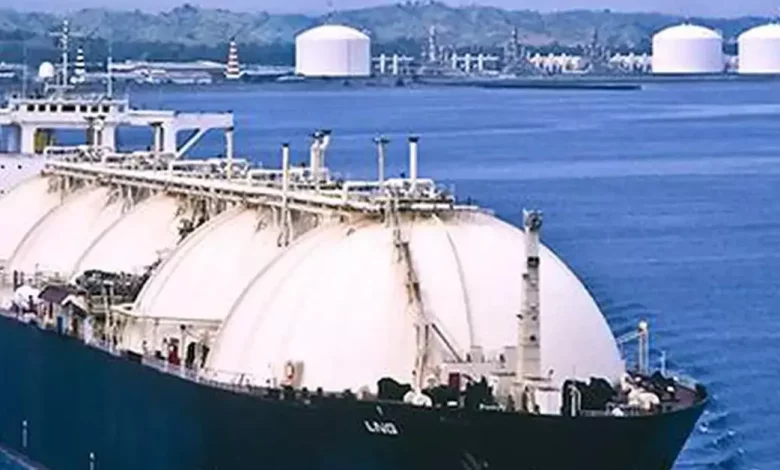Natural gas imports to grow at 4.9% annually till 2050 in India
Syllabus: Environment [GS Paper-2]

Context: India, the fourth largest importer of LNG, is projected to see a 4.9% annual increase in net imports of natural gas from 2022 to 2050, according to the US EIA.
Key Points:
- India’s net imports of natural gas are predicted to increase by an average of 4.9% per year between 2022 and 2050, driven by growing demand from industries such as fertilisers and oil refineries.
- India is the world’s fourth largest importer of LNG, importing 31.028 BSCM in FY22.
- The EIA forecasts that India’s natural gas production will almost triple by 2050, with most coming from offshore fields.
- Natural gas consumption is expected to more than triple by 2050, with the industrial sector driving most of the growth, particularly in ammonia production and oil refining.
- The industrial sector is projected to account for 80% of total natural gas consumption in 2050.
Natural gas:
- Natural gas is a fossil fuel that has been generated out of the numerous plants, animals, and microorganisms that have been on this planet in so many year ago.
- Amongst millions of years as they are coated in soil and shrouded in sediment and enter high temperatures.
- The breakdown of the organic matter is a result of the oxidation process which involves the breaking up of the carbon bonds in these compounds thus releasing natural gas.
- The main fraction constituting natural gas is methane; that is, apart from the small amounts of other hydrocarbons and gases present there, like carbon dioxide, oxygen, nitrogen and noble gases.
Process of natural gas formation:
- Sedimentary basins serve as storage containers for vast amounts of natural gas.
- It is common for natural gas reserves to be located in close proximity to oil reserves.
- While natural gas deposits near the surface of the Earth are typically overshadowed by nearby oil deposits, those found at deeper levels, created under increased temperatures and pressure, contain more natural gas than oil.
- In fact, the deepest deposits may consist entirely of pure natural gas.
Status of Natural gas in India:
- The geography of India in terms of its access to natural resources, such as natural gas imports, is to be taken into consideration.
- The Sihkans and some mountainous regions along with the northern border make India primarily into domestic production and LNG which is a liquefied form of gas rather than pipeline.
- It is offshore fields that supply about two-thirds of the domestically produced drilling services.
- Since connecting this production LNG to the country generally requires a complex pipeline infrastructure, India has been secretly constructing more rows of pipeline in that part of the country.
- Now, natural gas resources only account for 6.7% of the Indian share of the energy base, but the government suggests increasing it to 15% by 2030.
- On the bright side, India is also a decent emitter of starves, with the primary source here being the enteric fermentation and paddy cultivating.
Conclusion:
The report states that the growth in natural gas consumption in India will be primarily driven by the industrial sector, specifically in ammonia production to reduce fertiliser imports, and the expanding oil refining sector.
Source: Business line
UPSC Prelims Practice Question:
Q.With reference to furnace oil, consider the following statements: (2020)
- It is a product of oil refineries.
- Some industries use it to generate power.
- Its use causes sulphur emissions into the environment.
Which of the statements given above are correct?
- 1 and 2 only
- 2 and 3 only
- 1 and 3 only
- 1, 2 and 3
Ans: “d”





.png)



